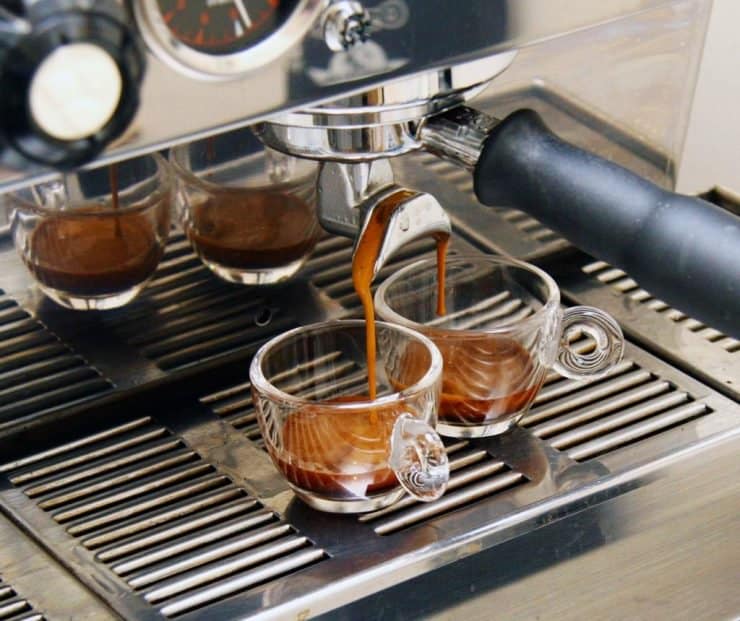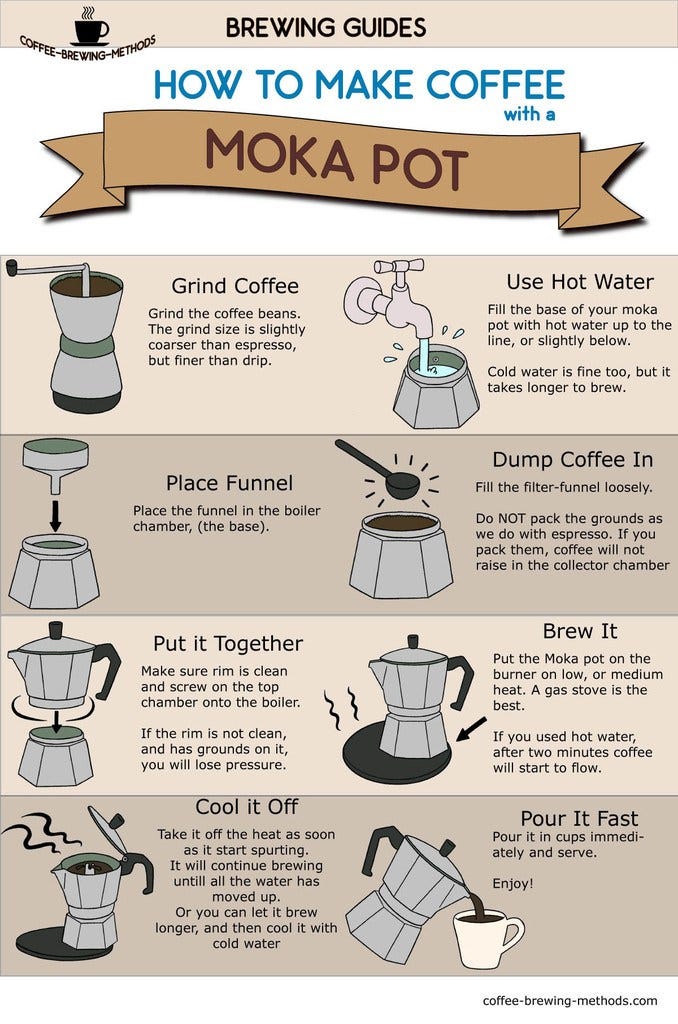The Scientific Research Behind Coffee Brewing: Just How Temperature Level and Time Affect Your Beverage
Recognizing the science behind coffee brewing exposes that temperature level and time are not simple variables however critical components that determine the beverage's taste profile and total quality. As we explore the subtleties of these elements, the question emerges: how can one efficiently equilibrium temperature level and time to attain that best mixture?
The Chemistry of Coffee Extraction
The chemistry of coffee extraction delves into the elaborate procedures that transform raw coffee beans into the aromatic drink appreciated worldwide. This makeover mostly entails the solubility of various substances present in the beans, which are influenced by variables such as grind dimension, water top quality, and the brewing approach used.
During the developing procedure, warm water works as a solvent, removing soluble compounds, including caffeine, acids, sugars, and lipids, from the coffee premises. Each compound adds to the taste profile, aroma, and body of the last beverage. As an example, acids are accountable for brilliant and appetizing notes, while oils add to an abundant mouthfeel.
The extraction process is not uniform; various compounds dissolve at different rates. The initial stages of developing essence acids and sugars, resulting in a pleasant acidity, while long term extraction can lead to anger because of over-extraction of unwanted compounds. Comprehending these chemical interactions is essential for maximizing brewing methods, as the balance in between extraction time and water temperature can dramatically influence the total quality of the coffee. Eventually, mastering the chemistry of coffee extraction is essential to accomplishing a all-round and delicious cup.
Ideal Developing Temperatures
Discovering the best developing temperature is necessary for opening the full potential of coffee tastes and aromas - coffee brewing methods. Research study suggests that the optimum variety for developing coffee exists between 195 ° F to 205 ° F(90 ° C to 96 ° C) Within this array, the extraction process properly liquifies the desirable soluble substances in coffee beans, causing a balanced and savory mug
Brewing at reduced temperatures, such as listed below 195 ° F(90 ° C ), may cause under-extraction, producing a weak and acidic mixture with muted tastes. Conversely, developing at temperatures going beyond 205 ° F(96 ° C) can cause over-extraction, generating a harsh and bitter preference as a result of the excessive dissolution of unwanted compounds, such as tannins.
Additionally, the perfect developing temperature can differ depending on the coffee bean type and roast degree. Lighter roasts usually benefit from somewhat greater temperature levels to boost their complicated taste accounts, while darker roasts may be better suited to lower temperature levels to mitigate resentment.
Inevitably, keeping precision in brewing temperatures is important for accomplishing an unified balance of flavors, making sure that every cup of coffee provides a gratifying sensory experience.
Effect of Brewing Time
Brewing time plays a critical function in figuring out the taste profile and overall quality of coffee. The extraction process, which affects the preference, scent, and body of the beverage, is largely based on just how long the coffee grounds touch with water. Much shorter developing times can cause under-extraction, bring about a weak or sour taste, as insufficient soluble compounds are dissolved. Conversely, prolonged developing can bring about over-extraction, where unfavorable compounds are launched, causing an astringent or bitter preference.
Optimal developing time varies depending on the approach utilized and the grind dimension of the coffee. A French press generally requires regarding four minutes, while espresso extraction is normally completed within 25 to 30 secs. It is important to adjust brewing time in combination with other variables, such as water temperature and coffee-to-water proportion, to accomplish the wanted flavor account.
Understanding the influence of developing time enables coffee lovers to improve their brewing strategies, ultimately boosting the sensory experience of their mug (coffee brewing methods). With mindful attention to this variable, one can unlock the complete potential of the coffee, disclosing its special qualities and subtleties
Brewing Techniques and Their Results

For example, techniques like French press and cool brew permit a longer steeping time, resulting in a fuller body and go to these guys robust flavor due to increased extraction of oils and soluble solids. Conversely, espresso brewing utilizes high stress and a much shorter extraction time, creating a focused shot that highlights intense flavors and a rich crema.
Pour-over methods, such as Chemex or V60, use an even more controlled extraction process, allowing the maker to control circulation rate and water distribution, which can improve brightness and clarity. Percolation methods cycle water through the coffee premises several times, leading to a stronger, frequently bitter taste.
Last but not least, the use of paper filters versus metal filters can also influence the final taste; paper filters typically produce a cleaner cup by capturing oils and fine particles, while steel filters enable more oils to travel through, adding to a fuller mouthfeel - coffee brewing methods. Comprehending these subtleties can elevate the coffee experience dramatically
Tips for Developing Your Brew
A well-executed mixture can change even the most basic coffee right into a remarkable experience. To attain Go Here this, interest to detail is important. Beginning with top notch, freshly baked beans, as their flavor account lessens gradually. Grind the beans prior to making to make best use of freshness, guaranteeing the grind dimension matches your developing technique-- coarser for her comment is here French press and finer for coffee.
Water quality plays a vital role; usage filteringed system water totally free from contaminations. The perfect developing temperature varies between 195 ° F and 205 ° F(90 ° C to 96 ° C ) Too hot can blister the coffee, while too amazing may under-extract tastes.
Timing is similarly important. For immersion methods, steeping for 3 to 5 minutes is optimum, whereas drip approaches generally take about 5 mins. Trying out brew times to discover your recommended toughness.

Verdict
In recap, the complex connection between temperature level and time is extremely important in the coffee developing process. Recognizing these scientific concepts equips individuals to improve their developing techniques, inevitably leading to a much more balanced and delightful coffee experience.
Understanding the scientific research behind coffee brewing reveals that temperature and time are not mere variables however pivotal elements that determine the beverage's taste account and general top quality. Comprehending these chemical communications is crucial for maximizing brewing methods, as the balance between removal time and water temperature can substantially affect the general top quality of the coffee.Brewing time plays a critical function in establishing the flavor account and general top quality of coffee. By focusing on these aspects-- bean top quality, grind size, water temperature, soaking time, and ratio-- you can boost your coffee brewing process, resulting in a constantly superior cup.
In summary, the complex relationship in between temperature level and time is critical in the coffee brewing procedure.
Comments on “Understanding Coffee Brewing Methods: Essential Techniques for every single Coffee Lover”